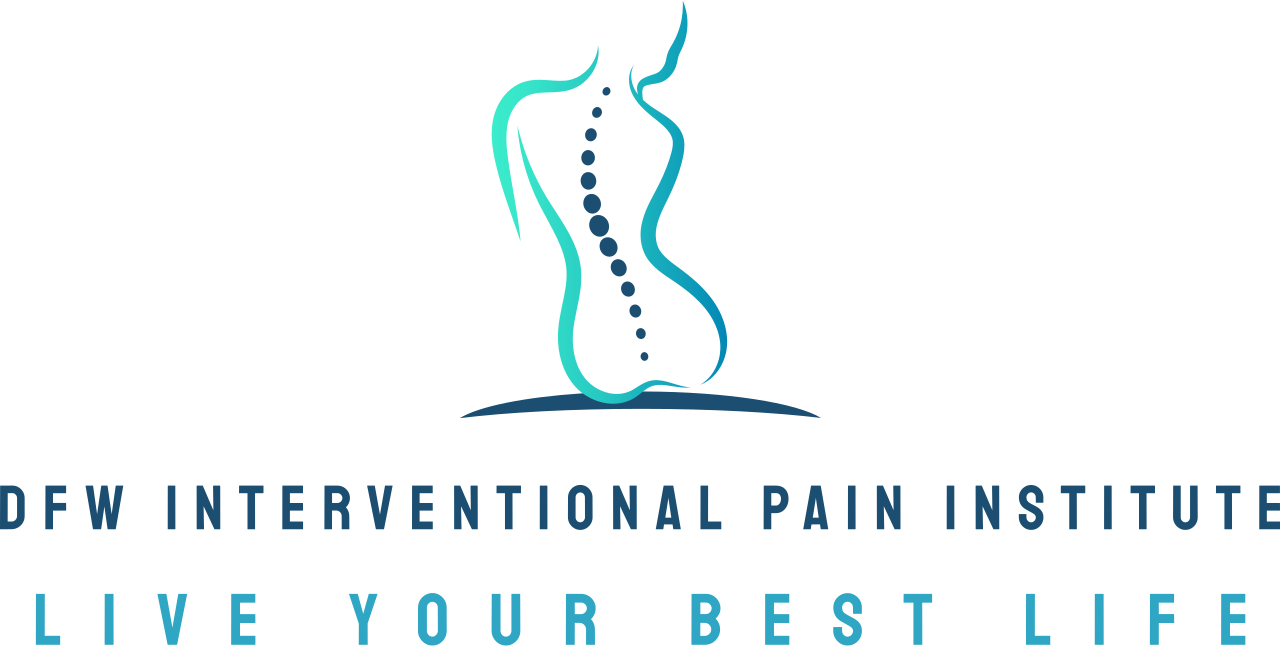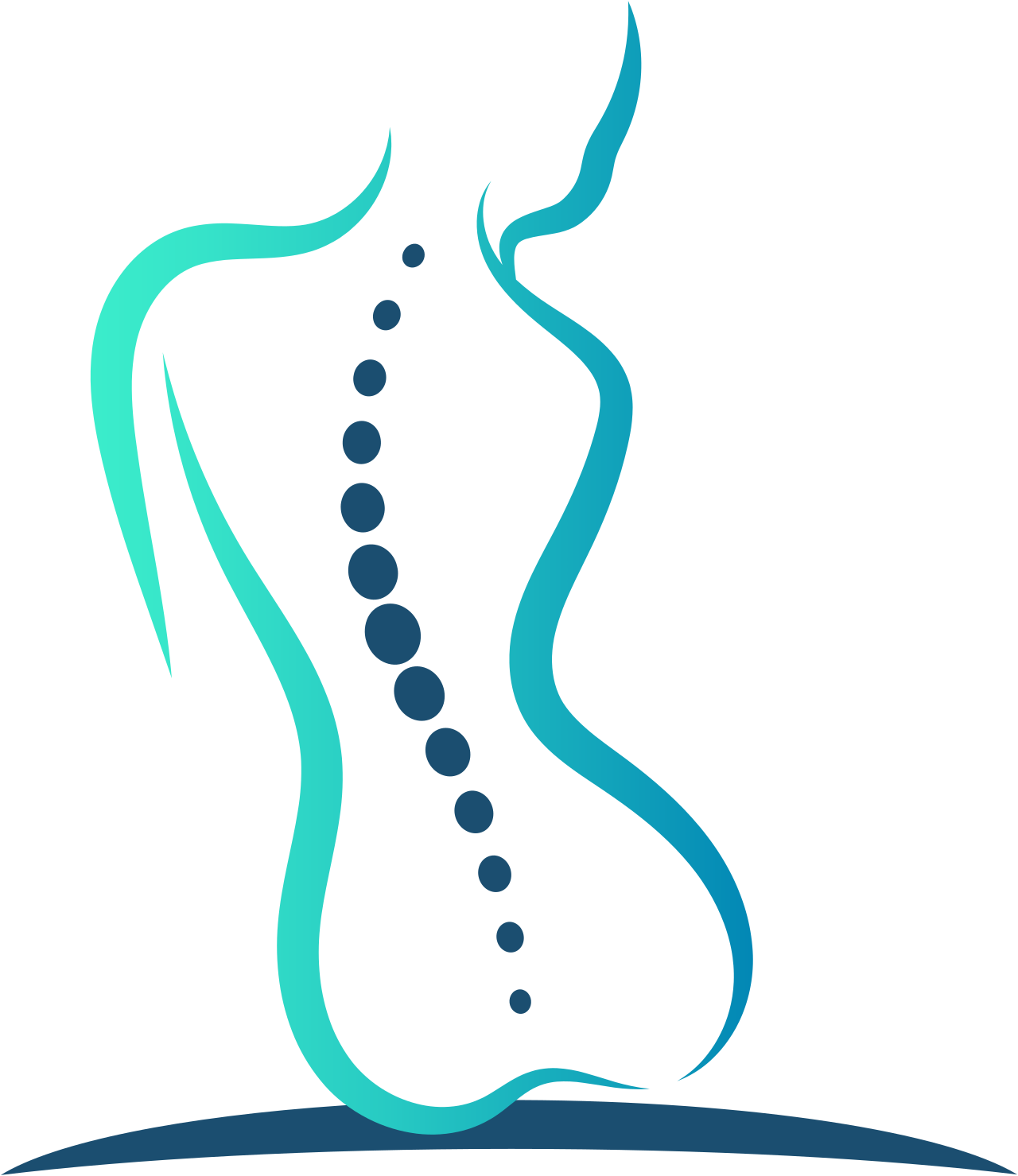What to do if you experience pain in between your shoulder blades
Pain between the shoulder blades, also known as interscapular pain, may feel like an ache, tightness or even a stabbing sensation. While it can range in severity, this type of discomfort is surprisingly common and affects people of all ages. Often, it’s tied to poor posture, overexertion or underlying health conditions.
If you’re experiencing this type of pain, understanding its potential causes and effective remedies is the first step toward relief. This blog post will explore the common reasons behind pain between the shoulder blades, strategies to alleviate it and when to seek professional help from a pain management physician like Dr. Edrick Lopez.
Common causes of pain between the shoulder blades
Pain in the mid-back area can stem from several causes, some of which are temporary and easily treatable, while others may require medical evaluation. Below are some of the most common culprits.
Poor posture
Sitting or standing with bad posture places undue strain on the muscles and ligaments between your shoulder blades. For example, slouching while working on a computer or hunching over a phone (often called "tech neck") are frequent contributors.
Muscle strain or overuse
Overusing your upper back muscles through activities like heavy lifting, intense exercise or repetitive motions can lead to muscle strain. Many of our patients experience pain from repeated motions from work or other activities, causing chronic pain over time.
Injuries
Trauma like falls, car accidents or sports injuries can directly lead to pain between the shoulder blades. Sometimes, an injury to areas like the neck or shoulders can radiate pain to the mid-back.
Underlying medical conditions
Certain health conditions can manifest as pain between the shoulder blades, including:
Herniated discs: When disc material in the spinal column presses on nearby nerves, it can cause referred pain in the shoulder blades.
Gallbladder issues: Gallstones or inflammation may result in pain that radiates to the upper back.
Heart conditions: Though less common, pain between the shoulder blades, especially when paired with chest pain or shortness of breath, could signal a heart attack.
Acid reflux: Gastrointestinal issues like GERD may sometimes cause discomfort in this region.
Understanding what might be causing your discomfort goes a long way in finding the proper solution.
Self-care strategies for shoulder blade pain
If you suspect your pain stems from posture, muscle strain or typical daily activities, here’s how you may be able to find relief at home.
Try stretches and exercises
Gentle stretches and exercises can loosen tight muscles and improve mobility. Here are some to try:
Child’s pose: A yoga stretch that helps elongate your spine and relieves tension.
Thoracic extension: Sit in a chair with your hands clasped behind your head and arch your back gently over the chair.
Doorway stretch: Place your arms on both sides of a doorway and gently lean forward to stretch your chest and shoulders.
Apply heat or ice
Heat can help relax tight muscles, while ice is effective for reducing swelling and inflammation. Alternate between the two, depending on what feels better for you.
Adopt ergonomic practices
Setting up your workspace for good posture can significantly reduce strain:
Adjust your chair so that your feet are flat on the floor.
Position your computer screen at eye level.
Use lumbar support to maintain the natural curve of your spine.
Over-the-counter remedies
Non-prescription pain relievers, such as ibuprofen or acetaminophen, can help manage mild to moderate pain. Always follow dosage recommendations.
When to seek professional help
While many cases of shoulder blade pain resolve with self-care, there are situations where you should seek the expertise of a pain management doctor.
Signs you need medical attention:
Persistent pain lasting more than a couple weeks despite home remedies.
Pain accompanied by weakness, numbness or tingling sensations.
Difficulty breathing or chest pain, which could signal a heart condition.
A recent injury, such as a fall or accident, that hasn’t healed properly.
Unexplained weight loss or fever, which may point to a more serious issue.
At DFW Interventional Pain Institute, Dr. Lopez and our team specialize in identifying the root cause of your discomfort and creating a personalized treatment plan tailored to your specific needs.
Preventing future shoulder blade pain
Prevention is key to keeping shoulder blade pain from recurring. Try incorporating these habits into your daily routine to maintain a healthy back.
Focus on good posture
Sit and stand straight with your shoulders pulled back and your chin level.
Avoid slouching or hunching for long periods.
Take frequent breaks
If you have a desk job, take a short break every hour to stretch and walk around to relieve tension.
Strengthen your back muscles
Exercises like rows, planks and reverse flys can help you build a stronger back, providing better support for your shoulders and spine.
Use proper lifting techniques
When lifting heavy objects, keep your back straight and lift with your legs rather than your back to avoid strain.
Stay active
Regular physical activity improves overall muscle strength and flexibility, reducing your risk of pain.
If you want to learn more about posture tips and exercises to maintain back health, check out our other blog posts on the topic!
If your shoulder pain is chronic, contact us at DFW Interventional Pain Institute
If pain between your shoulder blades is interfering with your daily life, living with it doesn’t have to be your only option. Our team at DFW Interventional Pain Institute, led by Dr. Edrick Lopez, are here to help. Whether it’s through targeted therapies, ergonomic advice or hands-on care, we’re dedicated to putting you back in control of your life.
Don’t wait. Schedule an appointment with us today to get the personalized care you deserve.

